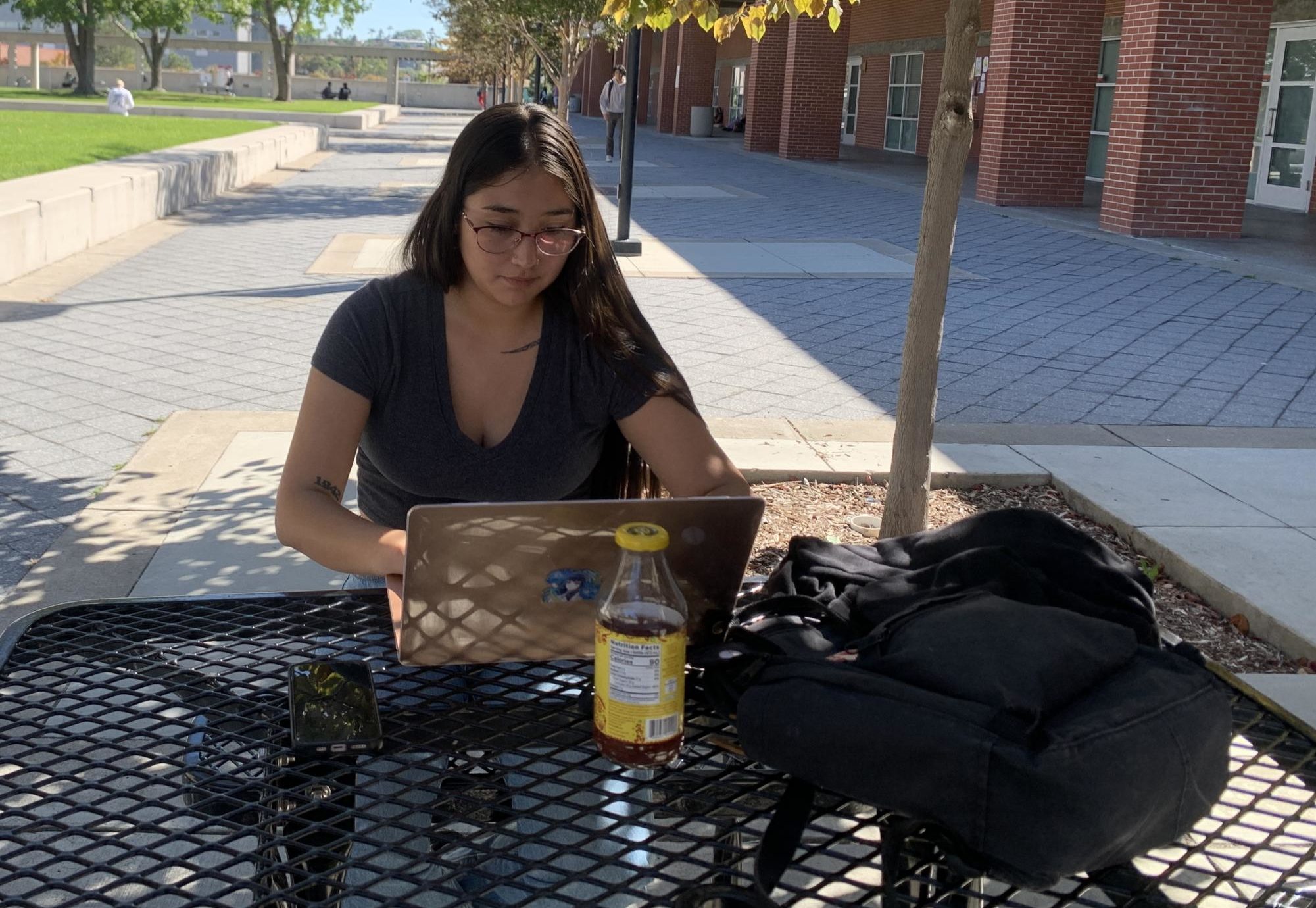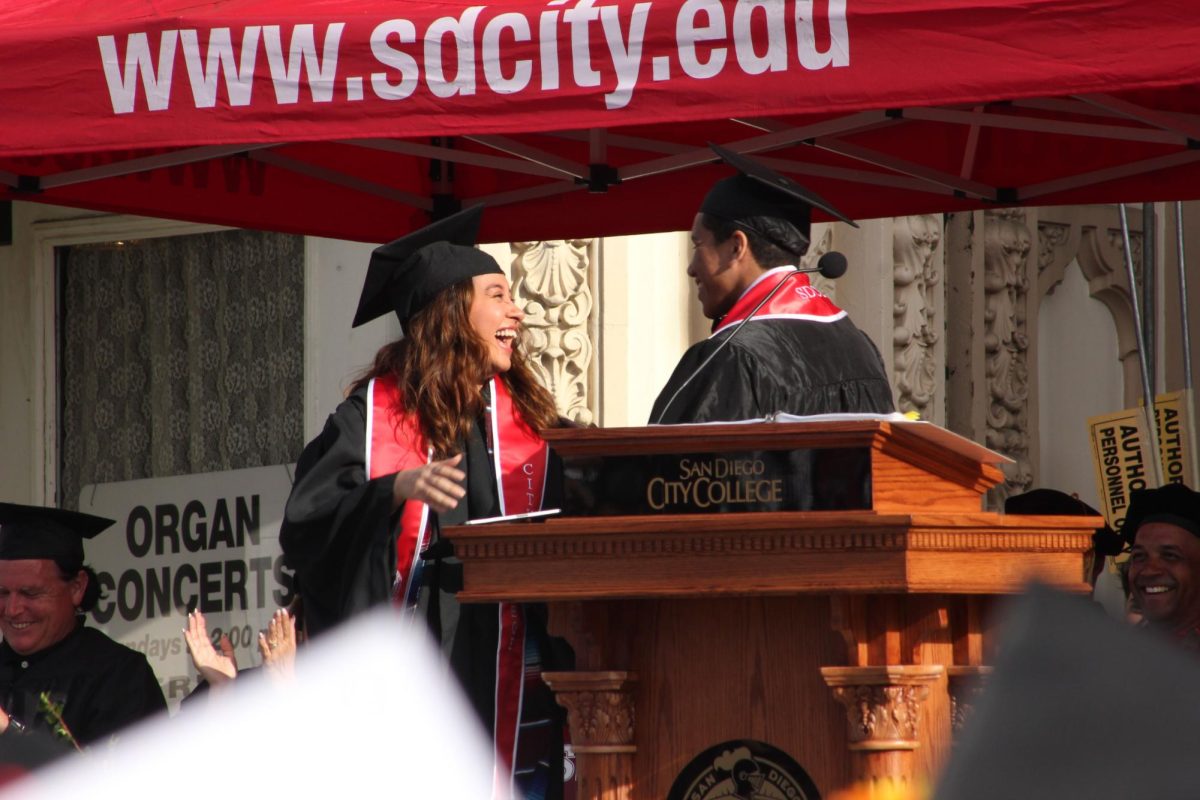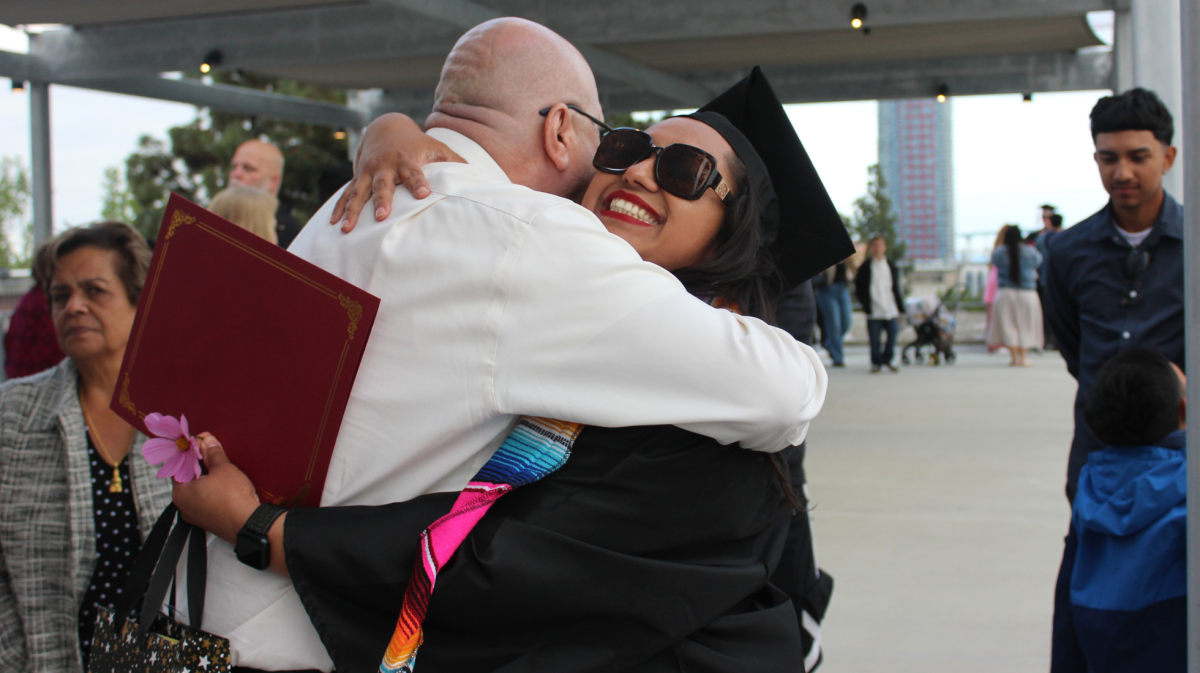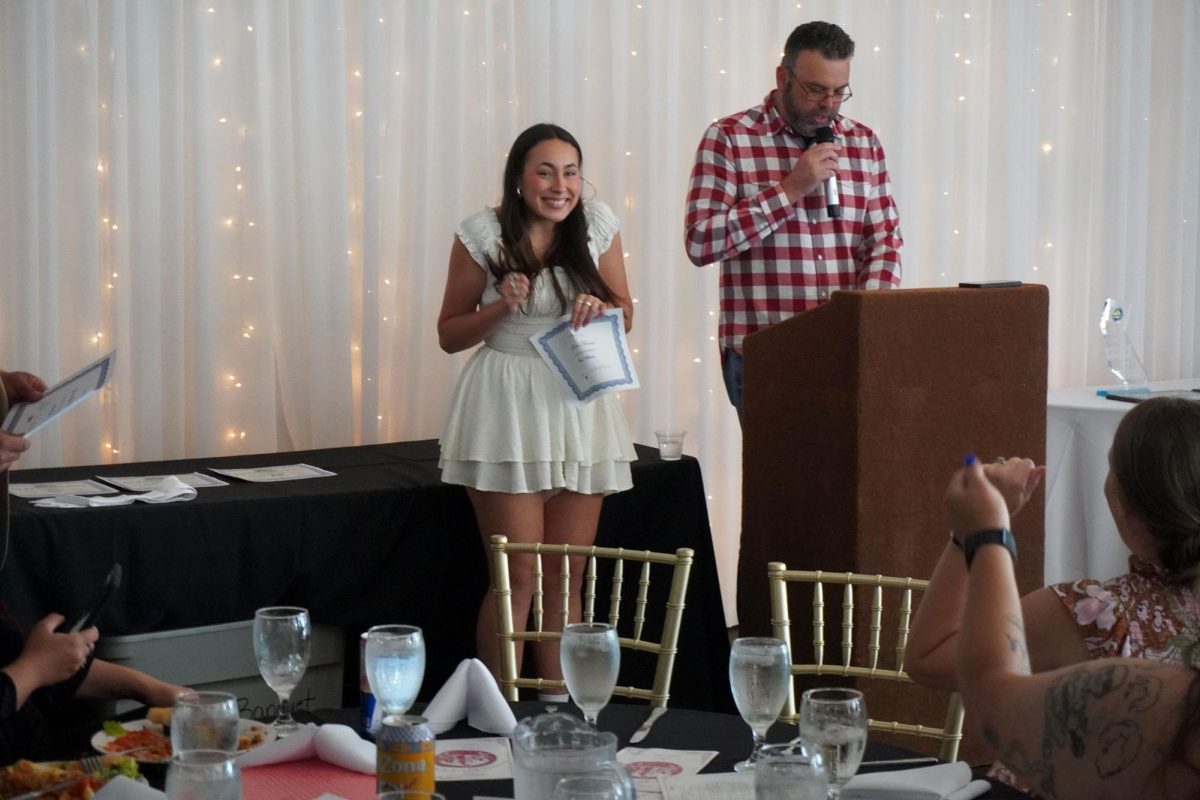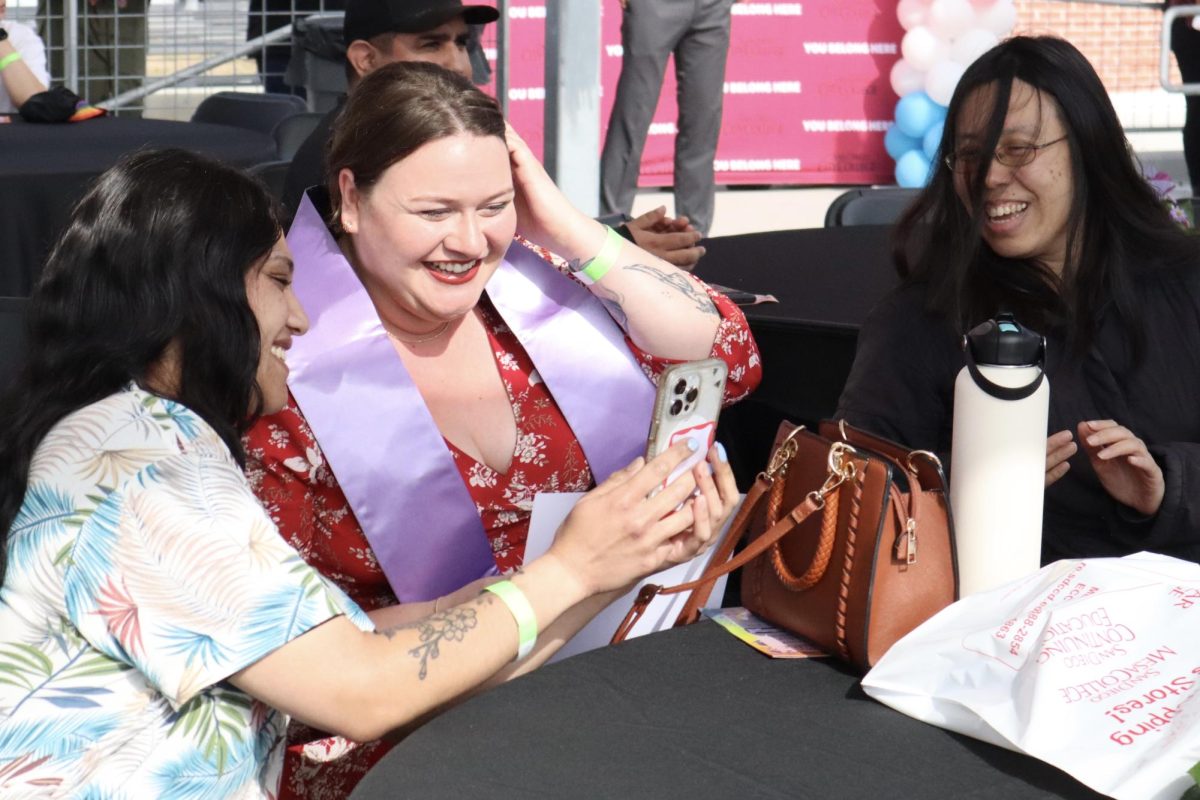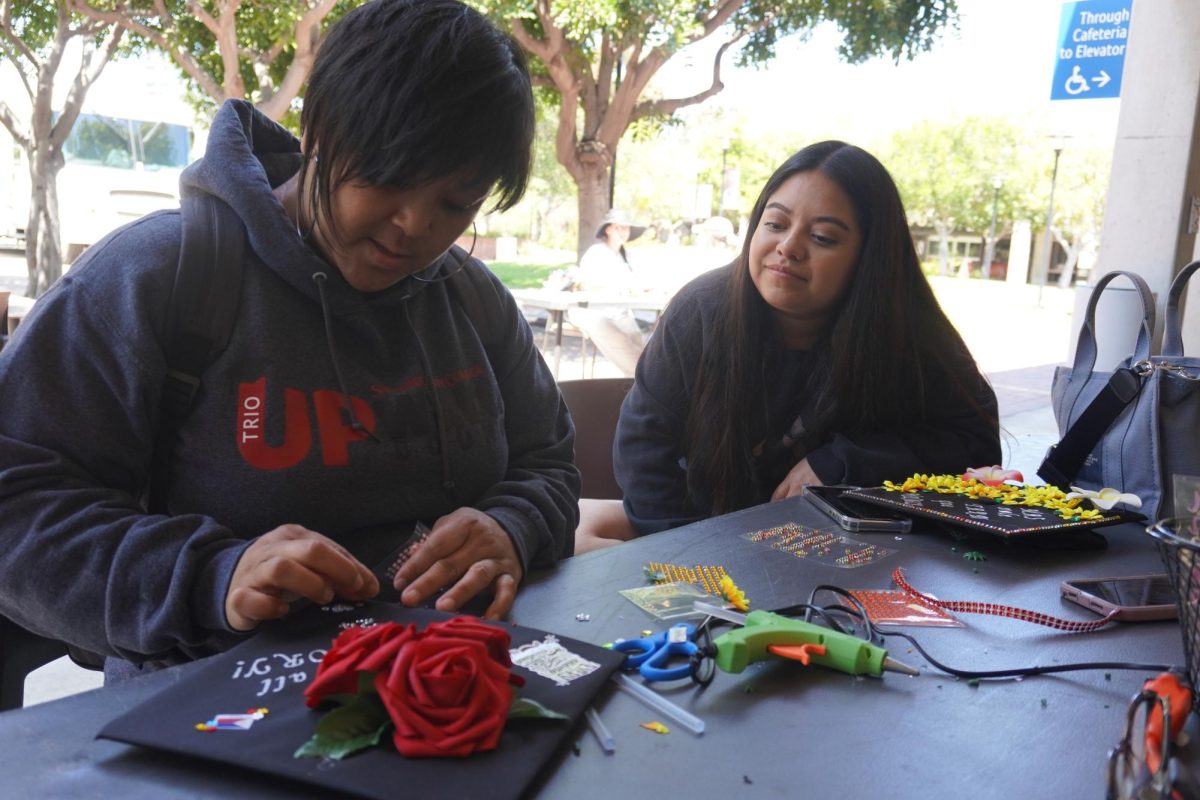Naomi Laguna, a second-year student at San Diego City College, was enrolled in the Promise Program her first year of college before taking a break for a semester.
Now that she’s back, she’s paying for classes herself.
“(The Promise Program) is helpful for a lot of students,” said Laguna, who is studying child development. “It was helpful for me because paying out of pocket is hurtful.”
Laguna is one of the 6,600 students the program has served in its first four years, according to the San Diego Community College District website.
To be eligible for the Promise Program, students must be first-time college students or returning SDCCD students who have not enrolled in classes for three or more semesters excluding summer.
However, not all Promise Program students belong to those two groups. Other students also qualify, such as veterans, foster youth, formerly incarcerated and undocumented students.
The first step to testing eligibility for the Promise Program is to fill out the annual Free Application for Federal Student Aid (FAFSA) or the California Dream Act, said Rachel Rojas, student services technician for the Promise Program.
FAFSA is the Free Application for Federal Student Aid administered by the U.S. Department of Education. Students are encouraged to complete the application every year. Financial aid offices use that information to determine how much aid is given to a student. The application for the 2024-2025 school year will become available in December 2023. The City College Financial Aid Office offers more information on its FAFSA Simplication Flyer.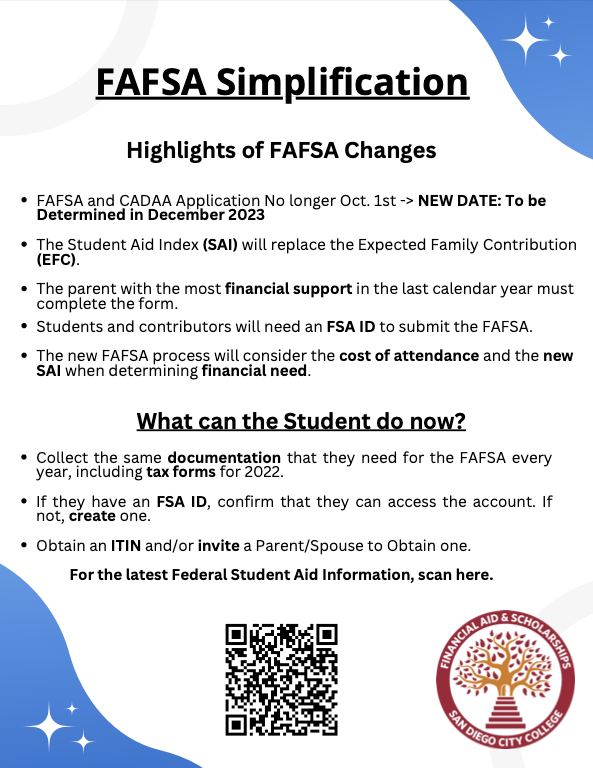
“If you’re a California resident, you can potentially go to community college for free one of two ways,” Rojas said.
The Promise Program and the Promise Grant are two separate things, Rojas said, but they achieve the same goal of free tuition.
Students who qualify for both the Promise Grant and the Promise Program have their tuition paid for by the Promise Grant. These students are also offered a $200 book stipend for the fall and spring semesters and have their health fee covered by the Promise Program.
Students who are eligible for the Promise Program but do not qualify for the Promise Grant also have their tuition and health fee covered, but are not offered the additional book grant.
All students eligible for the Promise Program are only covered by the program for two years. However, students who qualify for the Promise Grant may continue to have their tuition covered by the grant after the first two years are up.
“The Promise Grant is not (limited to) two years, so if it does take (students who qualify for the grant) over two years to complete their educational goals, they could still have the Promise Grant paying for their classes,” Rojas said.
The Promise Program was implemented in 2016 in an effort to combat financial barriers students face when going to college, as well as to provide “wrap around support,” according to the SDCCD website.
For students like Laguna, the difference in paying for college yourself and having the assistance of the Promise Program is stark.
“I’m not taking as many classes because it’s expensive,” said Laguna, who’s also balancing a part-time job to pay for school. “I have no help, it’s just me. I have to go to work, school and it’s just hard.”
In addition to covering the cost of tuition and the health fee, being a Promise Program student comes with added benefits such as individualized counseling, support and access to peer mentors.
Peer mentors are fellow students who are trained to provide additional support to Promise Program students, including help with navigating Canvas and the mySDCCD Portal, completing financial aid applications, registering for classes, and answering general college questions.

The Promise Program also puts events together for students to support their academic success like the “Welcome Extravaganza” and “Noche de Familia” that occurred earlier this semester.
According to Rojas, the Promise Program gives away school supplies, limited technology devices and other items that support student success.
“We think it’s really important for students to feel connected,” she said.
Even if students do not qualify for the Promise Program, the cost of tuition can be fully alleviated if students qualify for the Promise Grant, which is why filling out FAFSA or the CA Dream Act application is highly useful.
“It’s so important,” Rojas said. “Fill out a financial aid application.”
According to City College’s financial aid office, the deadline for both the FAFSA and CA Dream Act application is June 30, 2024.

